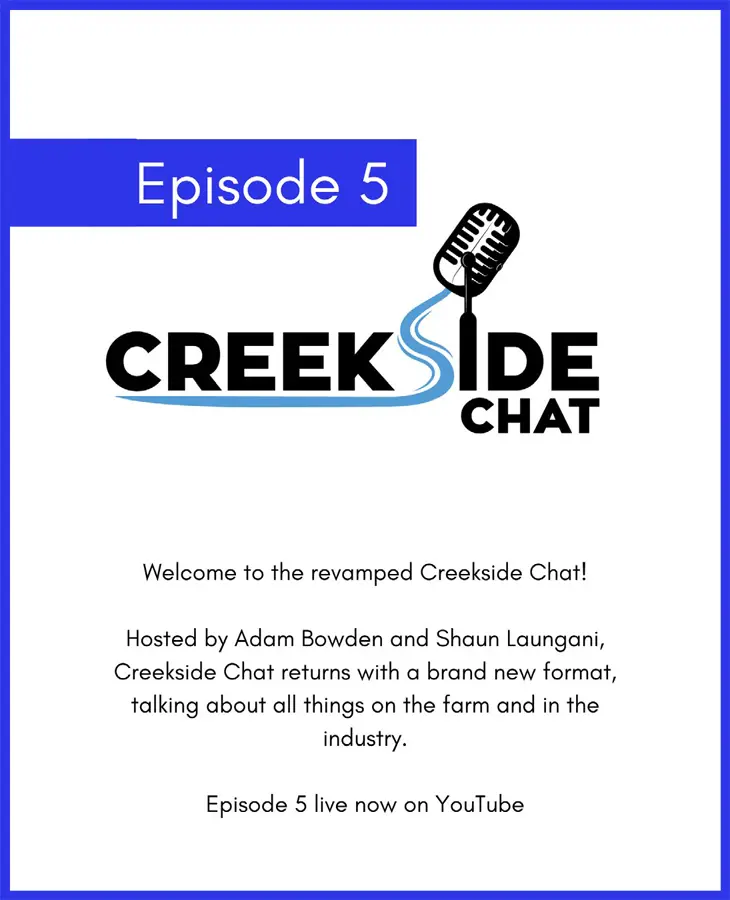
What’s at stake?
As the March 15 staking deadline approaches, horsepeople share their staking stories.
by Bob Heyden
What was the toughest staking decision you ever had to make?
SCOTT DIDOMENICO
“Most frustrating? Two-year-old trotting fillies. One day they look great, the next day they lose their minds. The best story for me was Hands Off My Cookie as a 2-year-old. It almost seemed silly to pay into the Breeders Crown then the Sweetheart at The Meadowlands and race some of the [New York] state-bred horses she was in with. But it turned out to be a lot of fun and an experience and feeling second to none.”
PETER BLOOD
In the 1980s he was training many good youngsters: a lot for Thomas Gonsalves.
“Not staking Peculiar to the [1989 Woodrow] Wilson. Sam Francisco [Ben] won it. My colt Love Not War took the consolation and my other one, Timmy, was second, so I went 1-2 in the consolation. Peculiar was New Jersey Sires Stakes Freshman of the Year and I feel I left a lot of money on the table that year. There were so many more opportunities then compared to today.”
DAWN ALLEN
Dawn’s husband Rod and his dad Carl, raced many stakes horses back in the 1980s to 2000s. Carl won the $1,700,000 Woodrow Wilson with homebred Carls Bird. They had Horse of the Year CR Kay Suzie in 1995. Dawn was the one who did the staking.
“I did all of it. Back in the ‘80s-‘90s, we staked to everything. Carl was going to win the Hambletonian at all costs. It was his competitive positive thinking that won more races than the horses ability to do so. A throw of the dice, we borrowed several hundred thousand dollars a season and staked 40-plus horses. I did it by hand on ledger sheets until the late ‘80s when a staking program was developed. I would have a sheet for each horse and a form for each race, but they wouldn’t let me finalize anything because they trained on stakes payment day. Then I’d have to eliminate, re-add, write checks, get to the post office which was sometimes at the Orlando Airport postmarking until midnight and pray I could re-check the next day. Selfstake.com made my life heaven. Gradually, they cut back when they realized they were racing for our own money and traveling became so expensive. They chose mostly sire stake races and one or two big races for most horses and the pets got several more big races.”
MIKE KEELING
Keeling and Paula Wellwood trained the sport’s last Triple Crown winner, Marion Marauder (2016), who was not eligible for the Kentucky Futurity that year.
“Boy that’s a tough one. I have definitely over-staked or more correctly overestimated a horse’s ability in the past. But, luckily, I’ve never missed or neglected to stake a good, good horse correctly. I guess not having Marion Marauder eligible for the Kentucky Futurity could be considered an error but we, as a policy, don’t pay into the Grand Circuit at Lexington. Luckily we could supplement him and it worked out.”
BRUCE RIEGLE
“Worldly Woman and Cami Almahurst. Especially Worldy Woman. Dad [Gene] never sat behind her even once. [My brother] Alan did and she ran into the outside fence at Scioto. It was tough to stake a filly who didn’t make her first start until the Red Mile in the fall at 2. She sold at the Tattersalls for $2,200, and I did get along with her and we did well.”
BRIAN BROWN
“I don’t remember exactly a horse, but the toughest thing is staking a horse that goes bad right after the 15th of any of the months you’re paying.”
JOHN KOPAS
“Dad [Jack] was never one to dwell on the past. He was always looking to the future. I don’t specifically remember one, but I do remember asking myself later on ‘What were you thinking paying this youngster into so many?’”
TRAVIS ALEXANDER
“The toughest was Western Gallie with Fashion Farms. Coming back at 3 as a maiden but had $200,000 made. We had to make a decision on whether to go light or heavy. We went heavy.”
PAUL KELLEY
“The toughest staking decisions were probably 20-25 years ago when I felt I had to overstake most horses. I’m a lot more frugal now, especially with 2-year-olds. Staking 2-year-olds is like playing Indian Head Poker for big bucks.”
JACK DARLING
“In general, it has always been staking my American-bred 2-year-olds to stakes races in the U.S. Nine times out of 10 you are just throwing your money away. I don’t mind paying them into our Mohawk stakes races as the payments are pretty reasonable and the track is close by. That’s why I have been buying Ontario Sires Stakes yearlings almost exclusively the past few years. To keep the stakes payments under control.”
CARTER PINSKE
“That’s a tough question. I hate the staking system, but I don’t have a specific instance of a particular horse. I would say paying 2-year-olds into the Breeders Crown is the toughest. The way we train we hope they are good enough, but we don’t know in February or March or even June or August for that matter. I think the staking system should be botched. It’s a terrible system. The way owners are spending money at the sales, I think it should be part of the post-purchase registration. When you go get your release at the sale, they can add $1,500-$2,500 onto the purchase price automatically for state-jurisdiction sire stakes. And when you sign the release, you check a box [or not] that adds another $5,000 if you want to be eligible to the Grand Circuit races. Boom, you’re done.
“Make the numbers whatever they have to be within reason. No more thinking about it. You spent $7,500 on a horse already that cost $200,000. Big deal at those figures. The state fee costs $1,500, that’s one month of horse expense. If it hinders the breeders too much-add part of it to the stallion fee when you get a live foal: the stallion pays part of it. There’s all sorts of options, we just keep heading in the same status quo direction everyone hates but we keep on doing it. And you can always still have the option to supplement whenever you want at a much bigger price.”
JAY HOCHSTETLER
He got money in his first Breeders Crown start in 2022 with Ponda Warrior. He’s now a 4-year-old training back.
“Fingers crossed. Ponda Warrior is Graduate bound to start the year off if all goes well. He will qualify in mid-April. We also have staked some trotting fillies to the Doherty and the Breeders Crown.”
STEPHANE BOUCHARD REMEMBERS RECORD 20 YEARS LATER
On March 8, 2003, Stephane Bouchard won the final three at Freehold and headed to Yonkers and captured the first eight. Eleven consecutive pari-mutuel drives, all victories. The record has not been touched since.
Bouchard has never been one to toot his own horn.
“I actually did not know I had done this until Sports Eye called me on the ride home. I was focused on the next race and was not thinking that I had won the last three at Freehold. It was probably better that I didn’t think about it at the moment. Good memories.”
TRAVIS ALEXANDER ON THE DOORSTEP OF HARNESS RACING HISTORY?
Travis Alexander has trained the last two Messenger winners — American Courage (2021) and Pleaseletmeknow (2022) — both driven by Matt Kakaley and owned/bred by Mark and Leslie Wasserman and Travis’ wife Alaina’s Fiddler’s Creek Stables LLC. This year they are going for the three-peat with homebred, Downrightdelicious.
The others also won the Springfield — formerly the Sheppard Stake — and so did Downrightdelicious.
The last driver to win the same Triple Crown race three straight years? John Campbell in the Kentucky Futurity with Armbro Keepsake, Pine Chip and Bullville Victory (1992-94). The last trainer to do it was Jimmy Takter in the Yonkers Trot: Judge Joe (2009), On The Tab (2010) and Leader Of The Gang (2011).
The last time a trainer/driver did it? Billy Haughton in the Messenger with Armbro Omaha, Brets Champ and Windshield Wiper (1974-76). But nobody has ever done it with a homebred.













